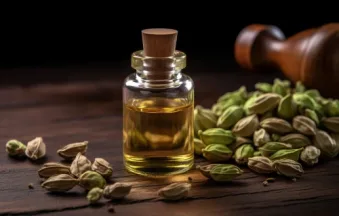Need help? Call us:
+91 6909970206
Shopping cart (0)
Subtotal: ₨0.00
Spend ₨3,050.00 to get free shipping
Congratulations! You've got free shipping.











